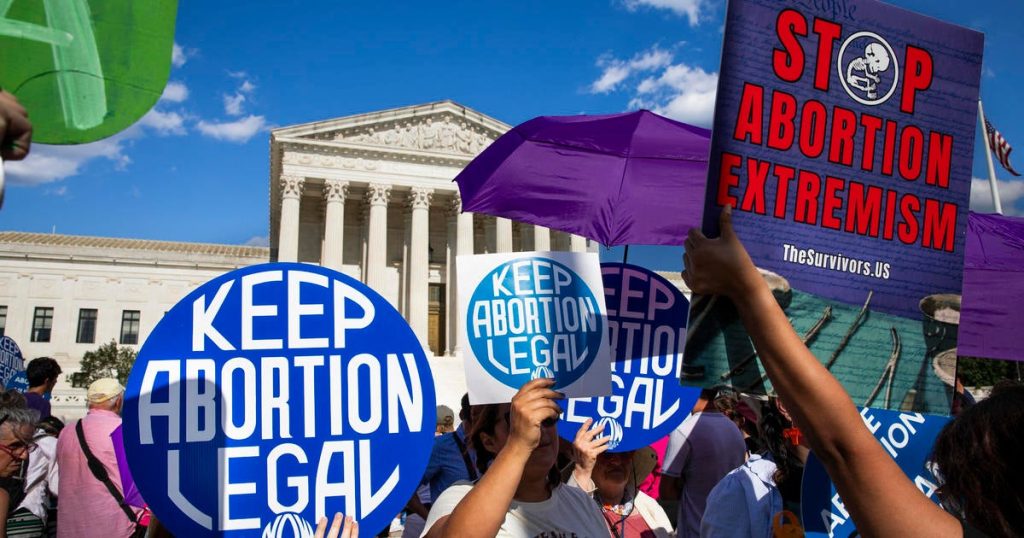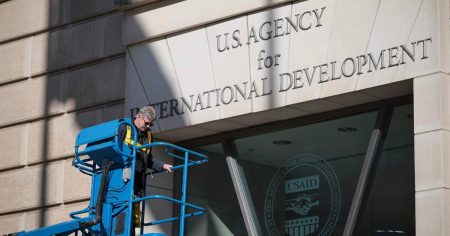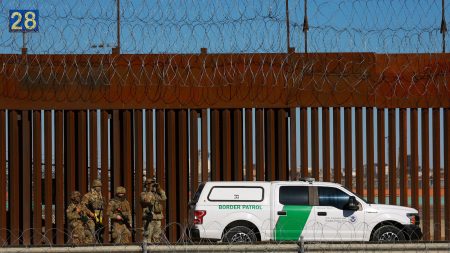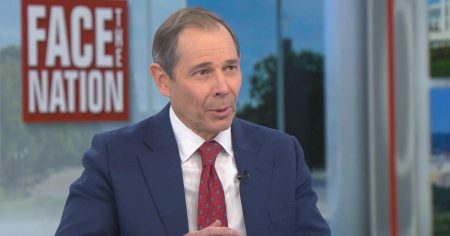The Supreme Court’s Recent Decision on Buffer Zones Around Abortion Clinics
The U.S. Supreme Court recently made a significant decision regarding buffer zones around abortion clinics, opting to uphold a 2000 ruling from the case Hill v. Colorado. This decision came after the Court declined to hear two appeals challenging the constitutionality of buffer zones, which are areas around clinics where anti-abortion activists are restricted from approaching patients. The buffers were initially established to protect patients and staff from harassment and intimidation. By not taking up these cases, the Court effectively left the precedent set by Hill v. Colorado intact, meaning that clinics can continue to enforce these zones to ensure patient access and safety.
The Carbondale Ordinance and Its Impact
One of the specific cases the Supreme Court declined to hear involved an ordinance passed by the city council in Carbondale, Illinois. This ordinance, enacted just six months after the overturning of Roe v. Wade, created a 100-foot buffer zone around the entrances to healthcare facilities, including abortion clinics. Within this zone, activists were prohibited from approaching individuals to distribute materials, display signs, or engage in oral protests. The ordinance was a response to increased threats and intimidation reported by clinics in the area following the Roe decision. However, the ordinance was later repealed, and the city council noted that it had not been enforced against any violators during its brief time in effect.
Legal Challenges and the First Amendment Argument
The Carbondale ordinance was challenged by the Missouri-based group Coalition Life, which argued that the buffer zone violated the First Amendment rights of anti-abortion activists. Coalition Life, which organizes sidewalk counselors to provide information and alternatives to abortion, claimed that the 100-foot buffer hindered their ability to effectively communicate with women approaching clinics. The group argued that they needed to be within a closer proximity to patients to make eye contact and engage in conversations, which they believed was essential for their mission. However, both a federal district court and the U.S. Court of Appeals for the 7th Circuit dismissed the challenge, citing the Supreme Court’s 2000 decision in Hill v. Colorado as precedent. The courts ultimately ruled that the buffer zone did not unconstitutionally restrict free speech.
The Hill v. Colorado Precedent and Its Evolution
The Hill v. Colorado decision upheld a state law that prohibited activists from coming within eight feet of a person entering an abortion clinic to engage in protest, counseling, or education without their consent. While the Supreme Court has not directly revisited this ruling in over two decades, its implications continue to shape the legal landscape surrounding abortion access. In 2014, the Court unanimously struck down a Massachusetts law that established a 35-foot buffer zone around abortion clinics, ruling that it went too far in restricting free speech. However, the Court has not yet revisited the narrower eight-foot restriction established in Hill v. Colorado. The composition of the Court has changed significantly since 2000, with only Justice Clarence Thomas remaining from the original bench. Thomas, who dissented in the 2000 case, has been an outspoken critic of the Hill v. Colorado decision and has argued that it should be overturned.
The Current Supreme Court and Future Implications
The current Supreme Court, which now has a 6-3 conservative majority, has shown a willingness to revisit and overturn previous rulings, particularly on the issue of abortion. Justice Clarence Thomas, in particular, has been vocal about his desire to overturn Hill v. Colorado, arguing that the decision has been undermined by subsequent rulings and that the Court has a duty to clarify its position. However, the Court’s decision not to hear the recent buffer zone cases suggests that, at least for now, there is not sufficient support among the justices to revisit the issue. Nevertheless, the shifting dynamics of the Court could mean that the Hill v. Colorado precedent may face challenges in the future, potentially altering the balance between free speech and abortion access.
The Broader Significance of Buffer Zones in the Abortion Debate
The debate over buffer zones is just one piece of the larger and deeply contentious issue of abortion rights in the United States. Buffer zones represent a complex intersection of competing rights: the right of individuals to access healthcare, including abortion, and the right of anti-abortion activists to express their beliefs and engage in peaceful protest. The Supreme Court’s recent decision to leave the Hill v. Colorado precedent in place ensures that, for now, clinics can maintain buffer zones as a means of protecting patients and staff from harassment and intimidation. However, the ongoing legal challenges and the changing composition of the Court highlight the precarious nature of abortion-related precedents and the potential for future shifts in the law. As the Court continues to grapple with these issues, the rights of both patients and protesters will remain at the forefront of the national conversation.















